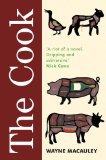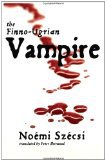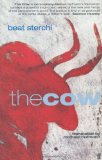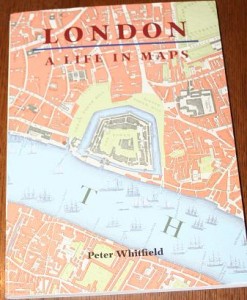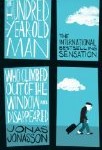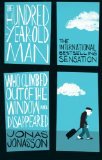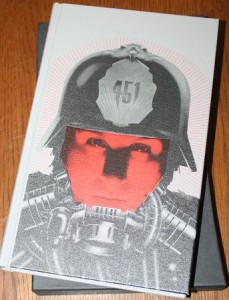Five words from the blurb: young offender, rehabilitation, course, cook, succeed
I love cooking and watching reality television programs in which celebrities train the unemployed to do a useful skill (eg Jamie’s Fifteen, Gordon’s Bad Boys and Mary Portas’ Bottom Line); so I was instantly drawn towards The Cook, a novel that follows one young offender who has been given the opportunity to take part in a reality television show organised by a celebrity chef.
This book shows life in a professional kitchen and the dedication required to succeed in this competitive industry. Zac is just 17-years-old, but he is determined to perfect his culinary technique. He quickly discovers that the best food relies on sourcing quality ingredients and so he begins to look after a range of animals, feeding them with the herbs and flavourings he’d like in his final dishes. His extra effort is noticed and Zac begins his rise to the top, but this book questions just how much an individual should do to succeed.
The writing was vivid and engaging, but the lack of punctuation was initially confusing. Zac’s strong personality made up for this and after a while I got used to the rhythm and I barely noticed the lack of commas.
It was strange how calm I felt cooking had done this all my old anger melting like butter and me saying hit me kick me I don’t care I’m here to serve. How many times did they tell me to pull my head in well look here I am my head’s in I hope they’re happy cops social workers all that I’m going to do what I am told
The book showed the preparation of various dishes. I initially loved this, but towards the middle of the book it became a bit repetitive. I wish some of these sections had been removed to allow the story to progress faster, or for other cookery techniques to be investigated.
This fault was forgiven once I made it to the end. The Cook is now leading the competition for my mythical “2012 Ending of the Year Award”. To say any more would ruin it, but I haven’t enjoyed an ending as much as this in a long time.
If you can cope with harsh language and the occasional slaughter scene then you will be rewarded with an original, gripping novel that questions the way our society operates. Highly recommended.

.
The thoughts of other bloggers:
…a dark parable that deserves to race up international best-seller lists. ANZ Lit Lovers Litblog
The Cook is a confident and potent piece of work. The Medusa vs. The Odalisque
….a real talking point… Eleutherophobia
